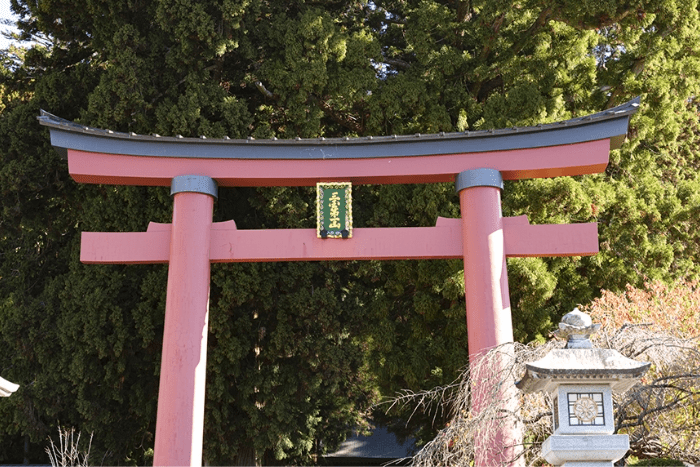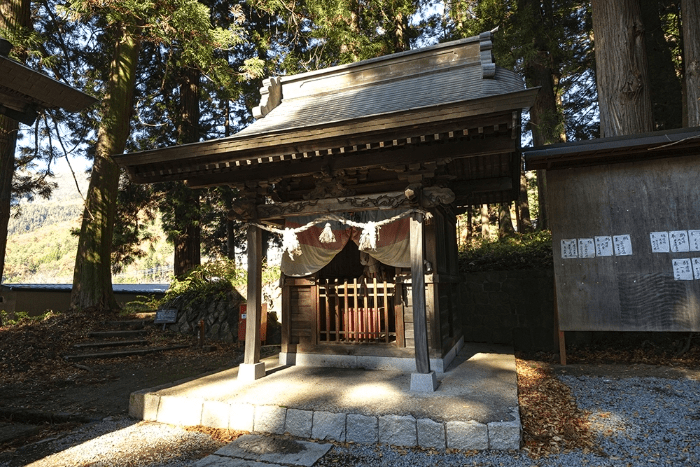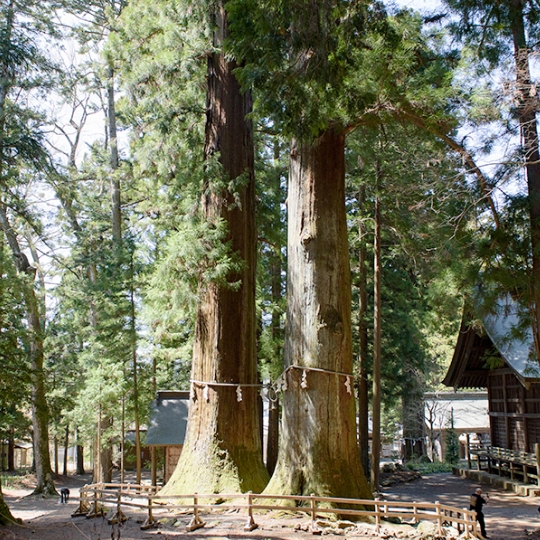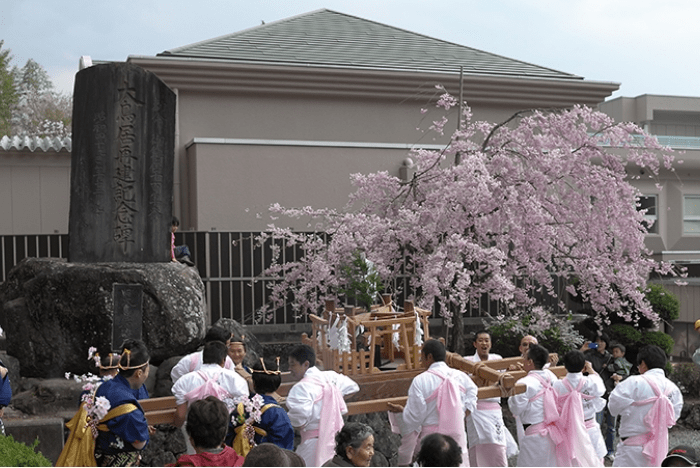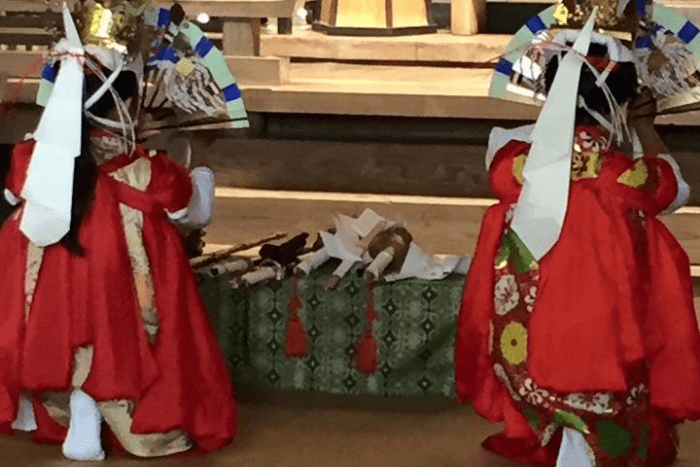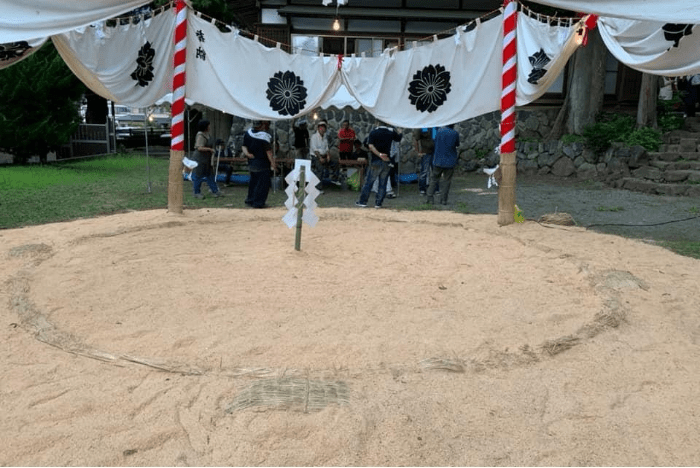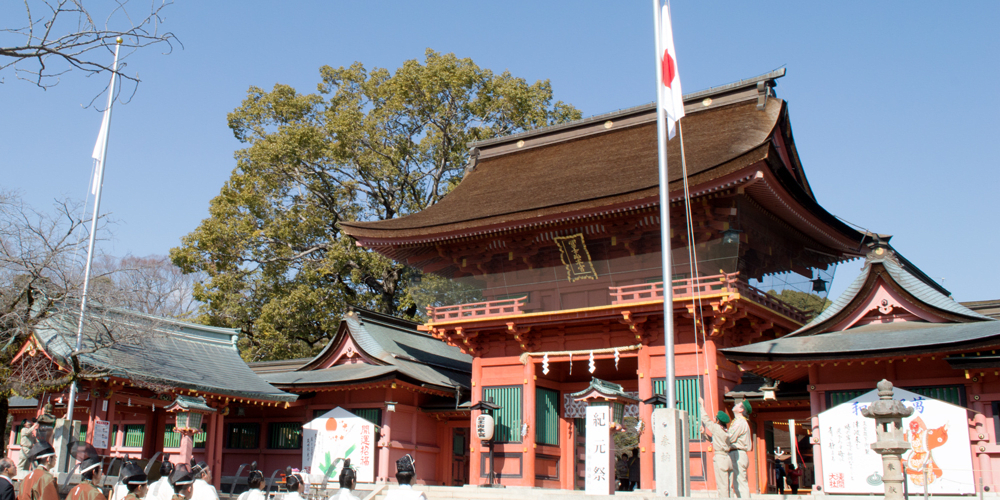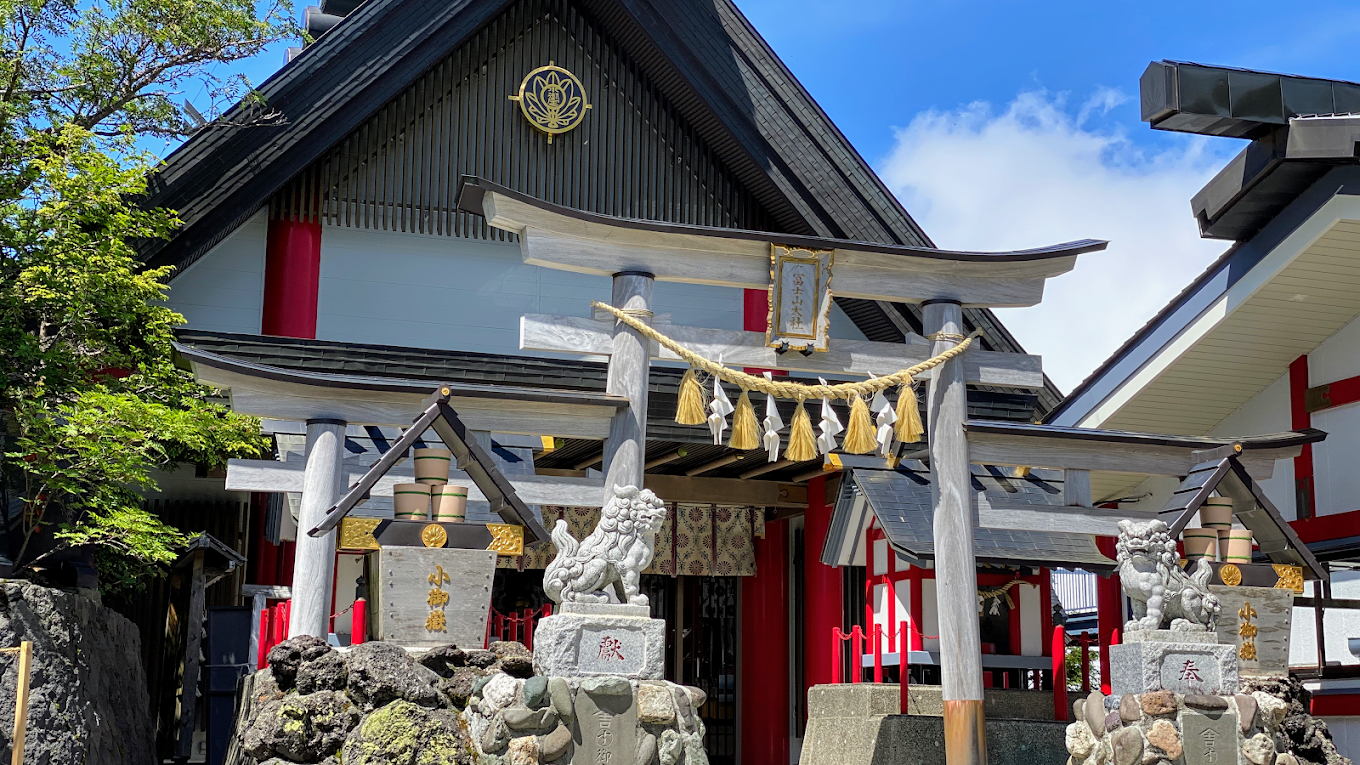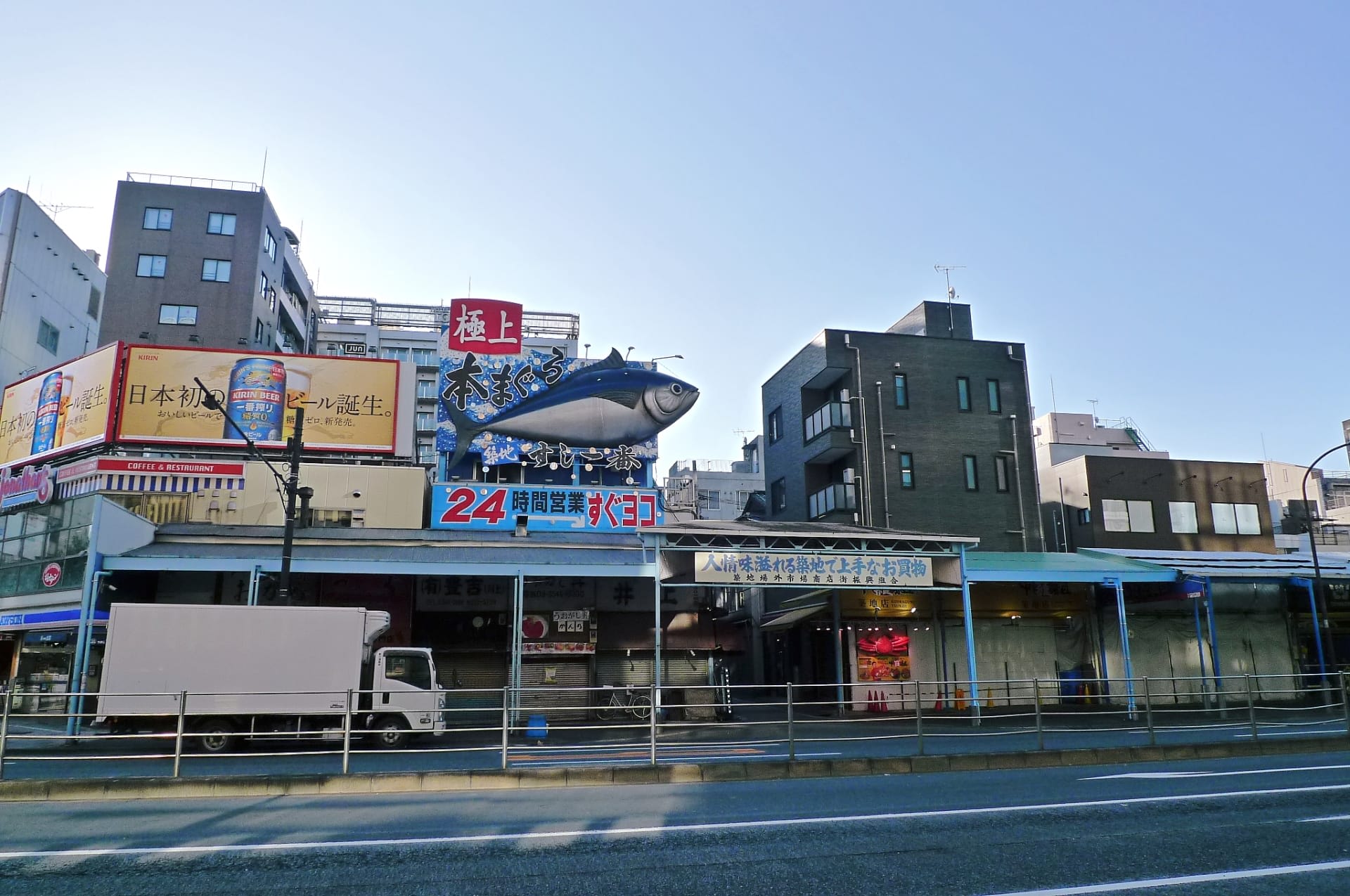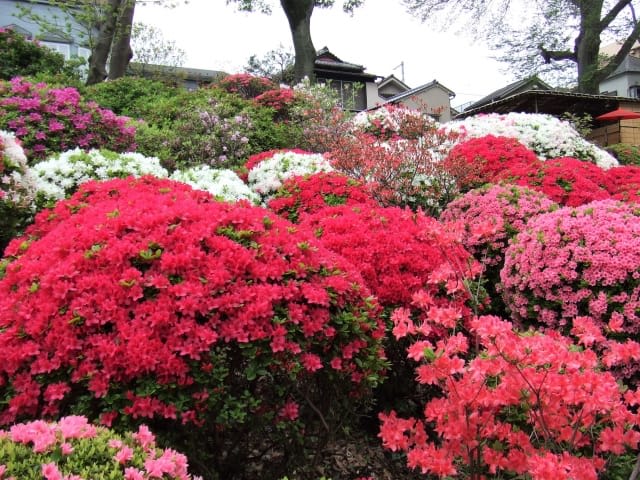Discover Kawaguchi Asama Shrine: Historic Gateway to Mount Fuji's Spiritual Heritage
Mount Fuji, which can be considered one of Japan's most iconic symbols, is one of the country's premier tourist destinations where you can experience magnificent natural beauty, and I visit regularly myself. The surrounding area is home to numerous attractions, and simply touring around Mount Fuji allows you to enjoy various aspects of Japan.
However, due to Mount Fuji's enormous size, visiting all the tourist spots in the surrounding area takes quite a bit of time. In fact, a friend of mine visited Mount Fuji, but when returning home told me, "I didn't know which tourist destinations I should really visit, and I regretted not doing thorough research beforehand."
This shows that Mount Fuji can be a challenging destination for first-time foreign visitors to fully enjoy.
If you want to experience the Mount Fuji area efficiently and in-depth, I highly recommend having a knowledgeable local guide create the perfect itinerary and touring according to their plan. I actually participated in the "Mt. Fuji Full-day Day Trip Tour from Tokyo with a Private Car & Guide" myself and was amazed by both its convenience and rich content.
This tour is offered by Magical Trip, which won Tripadvisor's Best of the Best award consecutively in 2024 and 2025.

Thanks to our high-quality tours and the unique experience of enjoying tourist destinations like a local, Magical Trip's tours are consistently popular. For those who want to enjoy the Mount Fuji area efficiently and deeply, and for those who want to experience various parts of Japan like a local, I definitely recommend trying a Magical Trip tour.
Introduction
Mt. Fuji stands at an elevation of 3,776 meters, making it Japan's highest peak. Known worldwide as a symbol of Japan, this mountain captivates visitors with its perfectly balanced conical shape and stunning beauty. The landscape woven together by Mt. Fuji and its surrounding shrines, lakes, and pristine forests was registered as a UNESCO World Cultural Heritage site in 2013, making it an incredibly popular tourist destination.
The Fuji Five Lakes area, which changes its expression with each season, is a treasure trove of outdoor activities and hot springs. From the shores of Lake Kawaguchi, visitors can enjoy diverse activities including a panoramic ropeway that offers views to the summit of Mt. Tenjo, where breathtaking scenery including Mt. Fuji can be observed, as well as lake cruises. The attractive point is that you can experience pristine nature on a day trip from the city center.
Around Mt. Fuji, there are numerous shrines and attractive tourist spots, but today we'll introduce Kawaguchi Asama Shrine, one of the representative shrines in the Mt. Fuji area.
Kawaguchi Asama Shrine: An Important Shrine Registered as UNESCO World Cultural Heritage
Kawaguchi Asama Shrine is registered as a component asset of the UNESCO World Cultural Heritage site "Mt. Fuji - Object of Faith and Source of Art," symbolizing the faith and cultural value of Mt. Fuji.
Founded in 865, this shrine has a history of being enshrined to calm the volcanic activity of Mt. Fuji. Within the shrine grounds, seven cedar trees over 1,200 years old tower majestically, filling the area with sacred atmosphere that has continued since ancient times.
The nature surrounding the shrine is also beautiful, with its quiet atmosphere harmonizing with the seasonal landscapes being an attractive point. Kawaguchi Asama Shrine is known not only as a tourist spot but also as a power spot, where visitors can deeply feel history and culture.
Why Are Shrines Special to Japanese People?
For Japanese people, shrines are not merely religious facilities, but are deeply rooted as places to feel connections with nature, ancestors, and the land.
Shinto naturally blends into the daily lives of Japanese people, with cultural practices still being passed down today such as "First Shrine Visit" (visiting shrines at the beginning of the year to pray for safely spending the new year) and exorcism ceremonies. People visit shrines at life's turning points to offer prayers and gratitude.
Additionally, shrines throughout Japan contain the myths and history of their respective regions, playing a role in transmitting local traditions. Within this culture, Japanese people have cultivated harmony with nature and respect for things unseen. This is why shrines are still treasured as special places today.
Four Attractions of Kawaguchi Asama Shrine
Kawaguchi Asama Shrine is registered as a World Heritage site and is an attractive place with its long history, beautiful scenery, and sacred atmosphere, but what specific characteristics does it have?
From here, we'll introduce four attractions of Kawaguchi Asama Shrine.
A Scenic Spot Known by the Alias "Torii Gate in the Sky"
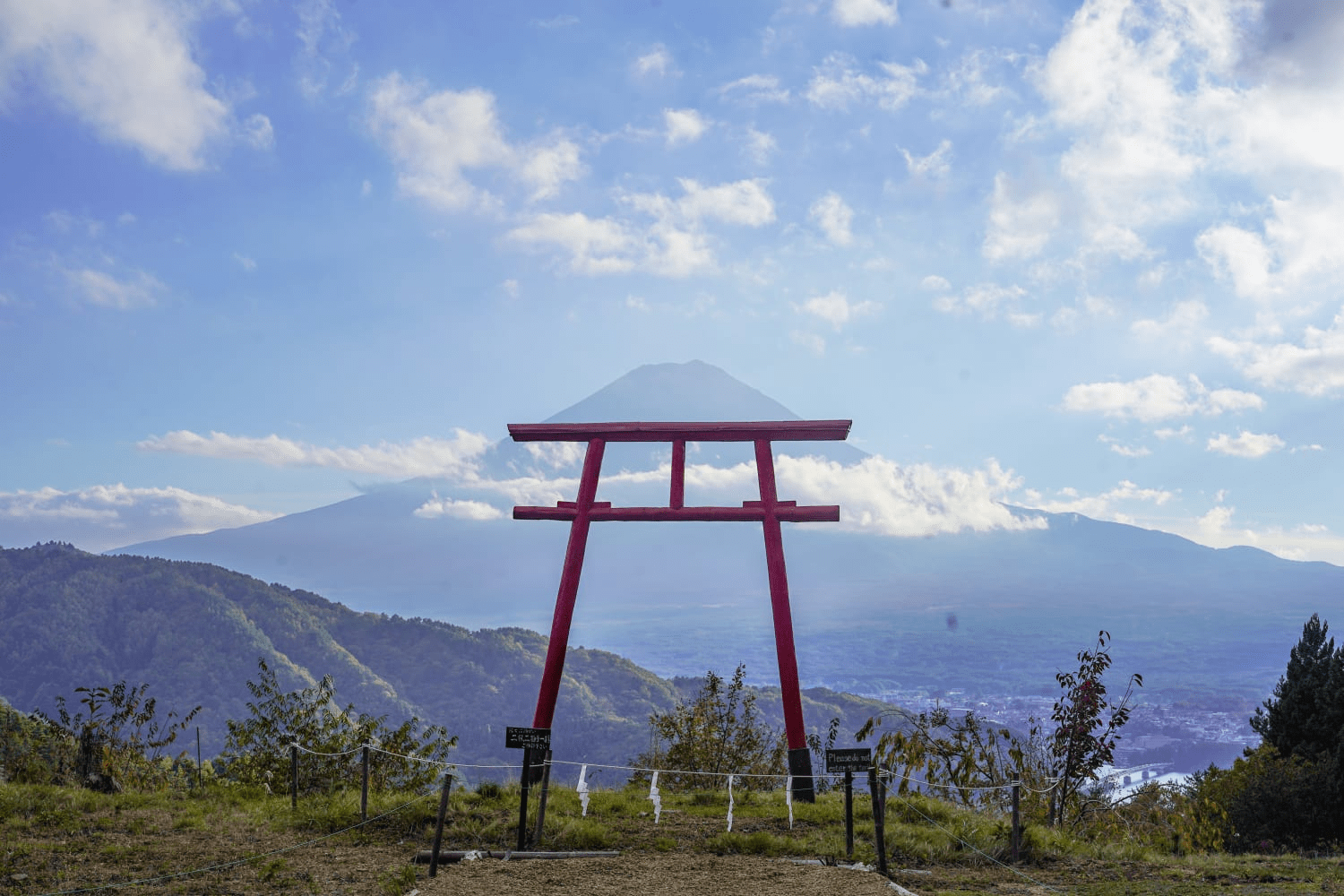
In the hills behind Kawaguchi Asama Shrine, at a place for worshipping Mt. Fuji from afar, there is a scenic spot called the "Torii Gate in the Sky." A "Torii" is like a gate at the entrance of Japanese shrines, and the torii standing on the mountain facing Mt. Fuji offers scenery that can only be seen here.
Located at approximately 1,020 meters above sea level, on days blessed with good weather, you can overlook Mt. Fuji and Lake Kawaguchi through the torii gate. This mystical landscape has an ethereal beauty that seems to float in the sky, captivating many worshippers and photography enthusiasts.
It takes about 30 minutes to walk from the base of the mountain, but you can enjoy breathtaking scenery that makes you think "I'm glad I worked hard to walk here!"
Please note that this area is private property of the Shinto Shrine Guardian, so be sure to follow rules such as not monopolizing the location and not entering areas where fences or ropes are installed.
Long History and Historical Significance Dating Back to 865
Source:Official website
The founding of Kawaguchi Asama Shrine dates back to 865. It was built to calm the volcanic activity of Mt. Fuji and pray for regional peace, and for nearly 1,200 years since then, it has gathered people's faith.
From around the 1600s, it became an important place where many climbers would worship as a base for organizations that climbed Mt. Fuji for spiritual training.
Within the shrine grounds, buildings that convey ancient appearances to the present day and ruins that evoke remnants of Mt. Fuji worship are scattered throughout.
This historical background has been evaluated, leading to its registration as a component asset of UNESCO World Cultural Heritage. The existence of this shrine is a precious cultural heritage that symbolizes the spiritual connection between Mt. Fuji and people.
"Futahashira" - A Power Spot for Matchmaking
Source:Official website
Within the grounds of Kawaguchi Asama Shrine, there is "Futahashira," known as a power spot for matchmaking.
This mystical tree consists of two cedar trees connected at their roots, appearing like a single tree. Because it looks like a couple nestling together, it has long been cherished as a place to pray for good relationships, marital harmony, and family bonds.
It is believed that by putting your hands together and praying to this tree, invisible bonds are formed and new connections are born.
This is also a place where you can feel the philosophy of "Shinto," Japan's religion that believes gods dwell in nature itself, creating a spiritual atmosphere. The time spent making wishes in the peaceful air gives you a premonition that "good encounters seem likely to come."
The Sacred "Cedar Tree-lined Path" - One of the Shrine's Symbols
Source:Official website
What can be called the symbol of Kawaguchi Asama Shrine is the cedar tree-lined path that runs along both sides of the shrine's approach.
This tree-lined path that immediately catches your eye upon entering the shrine grounds consists mostly of historic trees over 800 years old, creating a solemn atmosphere.
The cedars standing in rows on both sides of the straight continuing path are larger and more imposing than imagined, and many visitors exclaim in admiration when they visit.
In the quiet space where filtered sunlight streams through, your heart naturally calms down, allowing you to experience extraordinary moments.
It harmonizes with seasonal landscapes and is popular as a photogenic spot, but feeling the history and faith behind it makes the experience even more memorable.
Event Seasons Are Recommended for Greater Enjoyment!
At Kawaguchi Asama Shrine, traditional festivals with a long history are held several times a year. Each event has its own unique characteristics, so visiting during these times allows for a more special experience.
Reitaisai (Grand Festival)
Source:Official website
The "Reitaisai," an important shrine festival held annually on April 25th at Kawaguchi Asama Shrine, is a traditional event where local people and tourists can enjoy together as one.
This event is based on the story of the deity enshrined at Kawaguchi Asama Shrine rushing to celebrate the childbirth of his son (a deity enshrined at Ubuyagasaki Shrine on the shores of Lake Kawaguchi) and his wife.
A dance called "Chigo no Mai" is performed, where girls up to about 12 years old wear traditional costumes and dance to the accompaniment of flutes and other instruments. This dance originated over 1,200 years ago when it was dedicated to the gods to calm Mt. Fuji's volcanic activity, and it is now designated as an intangible cultural property.
After Chigo no Mai, a procession of people carrying "Mikoshi" (portable shrines shaped like shrines, considered to be the vehicles of the gods) walks approximately 3km to Ubuyagasaki Shrine. Just seeing the traditional costumes and crafts that evoke 1,200 years of history makes you feel their value.
Daidaimikagurasai (Grand Sacred Music and Dance Festival)
Source:Official website
Daidaimikagurasai is a festival affectionately called "Odaidai" and is held annually on July 28th. Like the Reitaisai held on April 25th, "Chigo no Mai" is performed, but this event can be said to be more centered around "Chigo no Mai."
Chigo no Mai has five dances in total, and while Reitaisai performs up to the third dance, Daidaimikagurasai presents all five dances.
Seven to eight girls aged 6 to 12 wear costumes consisting of white garments layered with traditional outerwear, and perform dances they have practiced daily. Their earnest dancing is adorable and creates a sacred atmosphere where you can experience Japanese traditional culture.
Suwa Shrine Festival
Source:Official website
Suwa Shrine is a small shrine located within the grounds of Kawaguchi Asama Shrine. Suwa Shrine is believed to grant blessings for conceiving children and safe childbirth through worship, and it attracts many believers.
The Suwa Shrine Festival is held annually on September 11th at this shrine.
At the Suwa Shrine Festival, Sumo wrestling held from around 6 PM in the evening is the main event. In a Sumo ring specially prepared for this day, everyone from children to elderly people, regardless of gender, competes in Sumo, and lively, joyful voices echo through the shrine at night.
If you cheer along with the heated battles that local people engage in through Sumo, you can spend an exciting time at the shrine!
Access to Kawaguchi Asama Shrine
Address: 1 Kawaguchi, Fujikawaguchiko-machi, Minamitsuru-gun, Yamanashi Prefecture
Access:
- By Car: About 15 minutes from Chuo Freeway Lake Kawaguchi Interchange or Higashi-Fujigoko Road Fujiyoshida Interchange
- By Train: About 1 hour and 50 minutes from JR Chuo Line Shinjuku Station to Fujikyu Railway Kawaguchiko Station
- By Taxi: About 7 minutes from Kawaguchiko Station to Kawaguchi Asama Shrine
Official Website: https://asamajinja.or.jp/
3 Shrines You Should Visit Together When You Come to Kawaguchi Asama Shrine
Around Kawaguchi Asama Shrine, there are many historic shrines. Each offers unique scenery, atmosphere, and culture that can only be experienced there, so along with Kawaguchi Asama Shrine, please try visiting other shrines as well.
FUJISANHONGU SENGENTAISHIA
Source:Official website
FUJISANHONGU SENGENTAISHIA is also registered as a component asset of the UNESCO World Cultural Heritage site "Mt.Fuji - Object of Worship and Source of Artistic Inspiration."
This shrine serves as the central shrine among the more than 1,300 SENGENTAISHIA shrines throughout Japan. Within the grounds, there is a pond formed by Mt.Fuji's snowmelt water, which has been designated as a national special natural monument.
The shrine enshrines Mt.Fuji and worships the areas above the 8th station of Mt.Fuji as objects of reverence.
Every May, a traditional archery-like event called "Yabusame" is held, where people on horseback shoot arrows at targets while riding. Originally spread from Samurai culture, at FUJISANHONGU SENGENTAISHIA it is held as a ceremony dedicated to the gods.
<Shrine Information>
Address: 1-1 Miya-cho, Fujinomiya City, Shizuoka Prefecture
Operating Hours:
Gate opening hours (November - February) 6:00 - 19:00
Gate opening hours (March, October) 5:30 - 19:30
Gate opening hours (April - September) 5:00 - 20:00
Closed: Never
Phone number: 0544-27-2002
Official website: http://www.fuji-hongu.or.jp/sengen/
Arakura Fuji Sengen Shrine
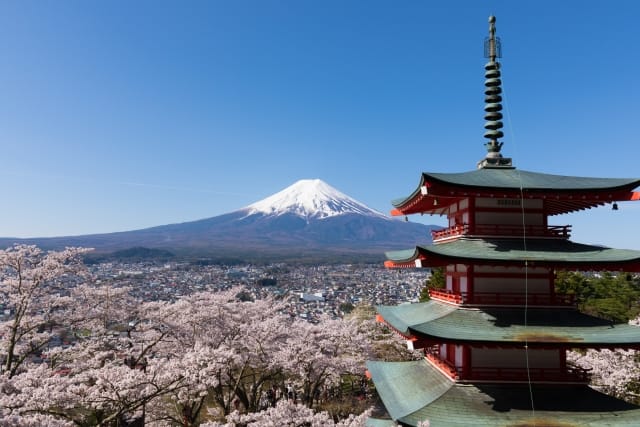
Arakura Fuji Sengen Shrine is a shrine founded in 705. It has gained popularity for allowing visitors to enjoy Japan's seasonal nature throughout the four seasons.
Particularly attractive is the scenery where you can see Mt.Fuji and a five-story pagoda - a distinctly Japanese landscape - all at once amid the beautiful nature of the four seasons, and it's also famous as a photogenic spot. Arakura Fuji Sengen Shrine and the surrounding park have many cherry blossom trees, and I visited around April when the cherry blossoms bloom. The sight of pink cherry blossoms spreading everywhere was wonderful.
Arakura Fuji Sengen Shrine is open 24 hours and can be visited anytime, which makes it easy to fit into your schedule.
<Shrine Information>
Address: 2-4-1 Asama, Fujiyoshida City, Yamanashi Prefecture
Operating Hours: 24-hour worship available
Closed: Never
Phone number: 0555-23-2697
Official website: https://www.arakurafujisengen.com/
Fujisan Komitake Shrine
Source:Google Maps
Fujisan Komitake Shrine is a shrine located at the summit of Komitake. Komitake was a mountain that existed before Mt.Fuji, and the current Mt.Fuji was formed when two mountains, Komitake and Old Fuji, repeatedly erupted and became one mountain.
Fujisan Komitake Shrine is located at the summit of Komitake, which corresponds to the 5th station of Mt.Fuji. It's also known as a shrine that people climbing Mt.Fuji visit before their ascent.
This area has legends that it was ruled by "Tengu," legendary creatures from Japanese folklore, and there are many Tengu-motif items within the shrine. There's a large axe weighing approximately 375kg that Tengu were said to have wielded, so if you're confident in your strength, why not try to see if you can lift it? Incidentally, I also tried but of course it didn't budge.
<Shrine Information>
Address: 5617 Komitake-shita, Kamiyoshida, Fujiyoshida City, Yamanashi Prefecture
Operating Hours: 9:00 - 16:00
Closed: Never
Phone number: 0555-72-1475
Official website: None
